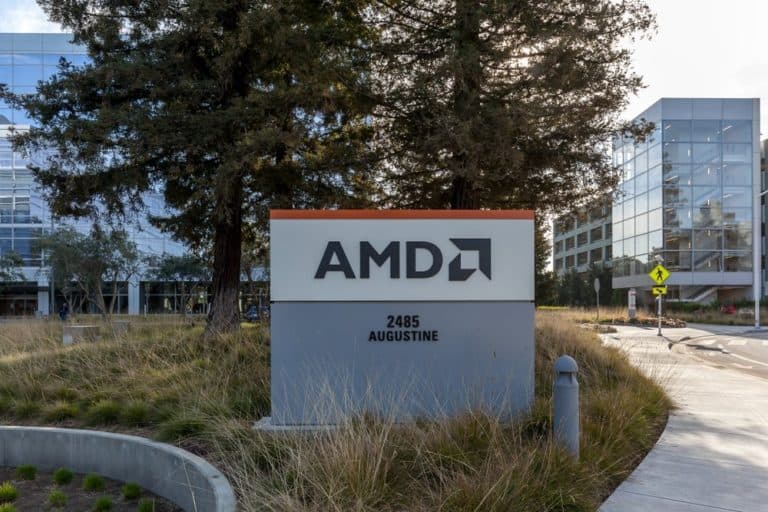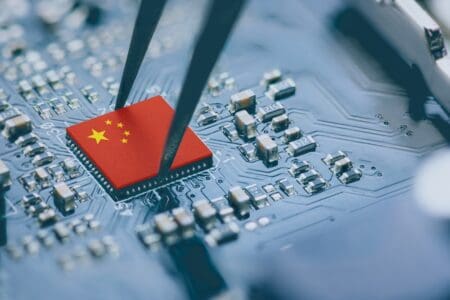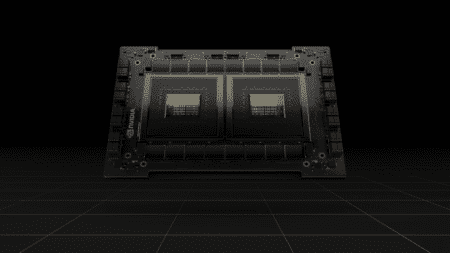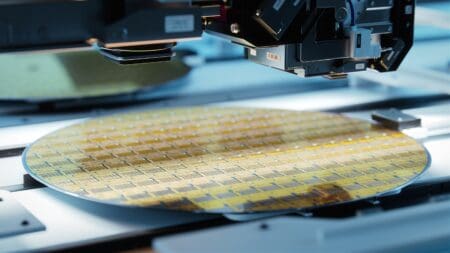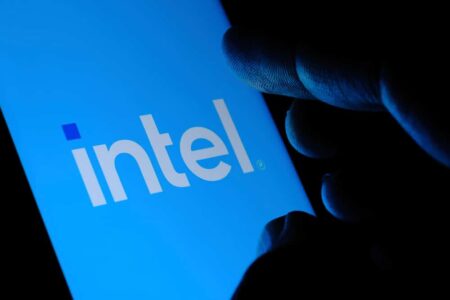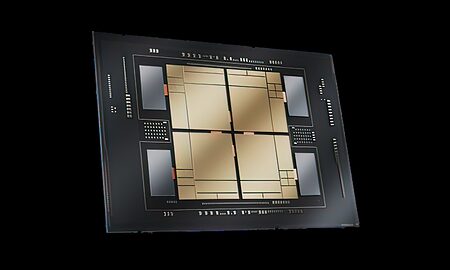AMD can look forward to a market share of ten percent in the market of the server carcass. This suggests a report by Digitimes, which, among other things, considers the impact of 7 nm Epyc to be important.
Intel sees AMD continue to nibble at its server monopoly. Digitimes knows that. By 2020, the market share of the blues would fall below 90%, thanks to the efforts of AMD. This can count on more and more enthusiasm for its server chips, and continues to innovate strongly, while Intel has been stagnating in recent years. After all, 7 nm Epyc is just around the corner, while Intel still does not let 10 nm chips roll off the conveyor at volume.
In the server market, AMD has the same strategy as in the consumer market: offer more performance than Intel, for less money. Lisa Su and her team are doing well with the strategy: in Q4 of 2018 AMD was able to present a market share of 3.2 percent, compared to barely 0.8 percent a year earlier.
More efficient chips
In the middle of this year, AMD should send its first wave of server-cpus amplification in the form of Epyc Rome: which is baked on the Zen 2 architecture-based chips at 7 nm by TSMC, which in theory is good news for power consumption and heat production. This is of course interesting for any data centre.
Last weekend, early benchmarks of a 64 core 128 thread Epyc Rome chip leaked. The early version of that CPU has a basic clock speed of 1.4 GHz with a boost frequency up to 2.2 GHz. At least AMD already has its first large order in its pocket: Finland wants to build a supercomputer containing 3,125 64 core-Epyc Rome chips.
Related: AMD market share rises because Intel can’t build enough cpus
This news article was automatically translated from Dutch to give Techzine.eu a head start. All news articles after September 1, 2019 are written in native English and NOT translated. All our background stories are written in native English as well. For more information read our launch article.